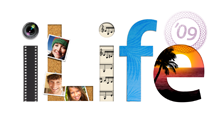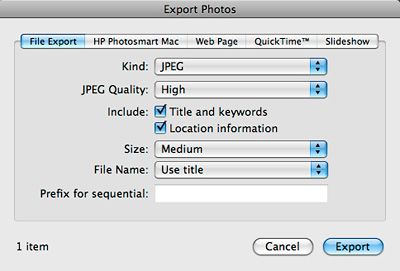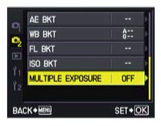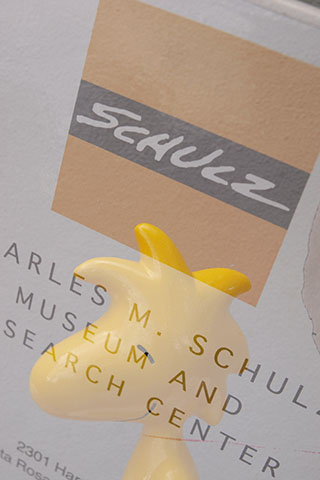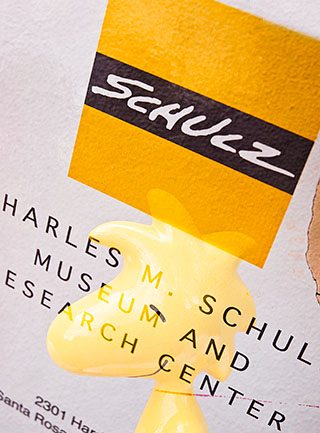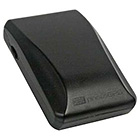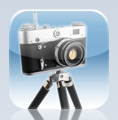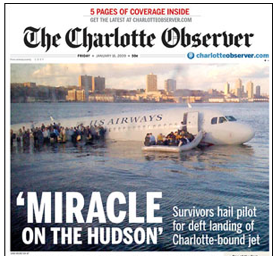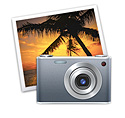
Editor's note -- Virtual camera club member Steve Cooper has been wrestling with a problem in iPhoto '09. He identified that there's an apparent loss of sharpness when using the crop or straighten tool. He has some good information here on the issue, so I thought I'd share it with you. The following text was written by Steve and sent to me via email.
I was delighted to learn that a new version of iPhoto ('09) was released just as I was starting work on a large number of travel vacation photos. I was not so delighted to find out that a significant problem I had observed in iPhoto ‘08 was not fixed in the new version, and that the workaround I had previously used was no longer effective.
If you have an image containing a lot of fine detail and are working with it in iPhoto’s Edit mode, you’ll find that if you crop or straighten it, it will lose some of its original sharpness. Further, if you then use the Sharpness slider to try to remedy the situation, it may appear to have no effect unless you apply a very large amount of sharpening. (It turns out that printing results in a sharp image — it's the on-screen display that's deficient here.)
I have recently found that moving the Picture Size slider just a tiny bit to the right restores the screen image sharpness, but this is true only if you keep the slider away from its normal leftmost position. While a reasonable (if annoying) workaround when viewing a single image, this is not a practical solution in many situations.
My workaround in iPhoto '08 was to open the image in Photoshop (using it in External Editor mode from within iPhoto) and apply some insignificant change just to ensure that the JPEG was rewritten when saved back into iPhoto. This worked well, but unfortunately no longer does so in iPhoto '09.
The only way to fix an affected image in iPhoto '09 appears to be to export the image from iPhoto and reimport it. While this doesn’t result in the loss of any EXIF data (except of course for the "Imported" date), you will lose your ratings and keywords. If you’ve imported the image back into the library from which it came, it's easy enough to copy the ratings and keywords from the neighbouring original image, which you can then delete entirely by Command-Option-Deleting its thumbnail. This could be tiresome if dealing with a large number of images, but at least it works.
One thing I have learned while exploring this problem is never to discard an image from iPhoto just because it seems to be "out of focus" and not responsive to the Sharpness slider. Always nudge the Picture Size slider fractionally to the right and see what happens. If sharpness improves by a useful amount, use the workaround above to "rescue" the shot.
Finally, I can report that Aperture 2 seems to be free of any problem of this kind.
-
Technorati Tags: digital photography, iPhoto '09, The Digital Story

